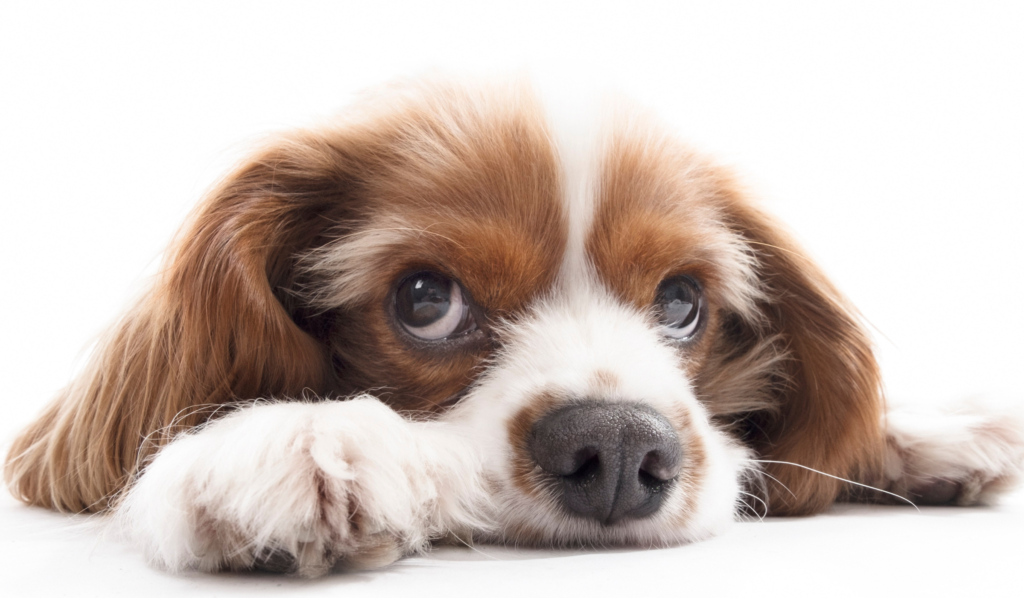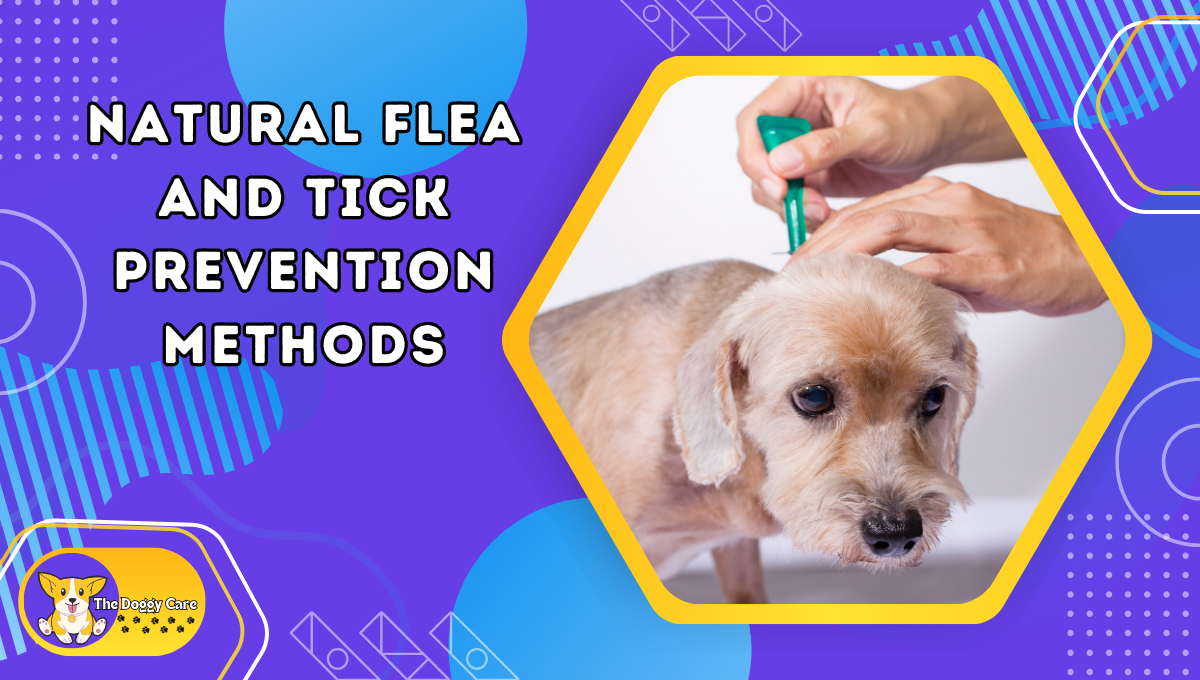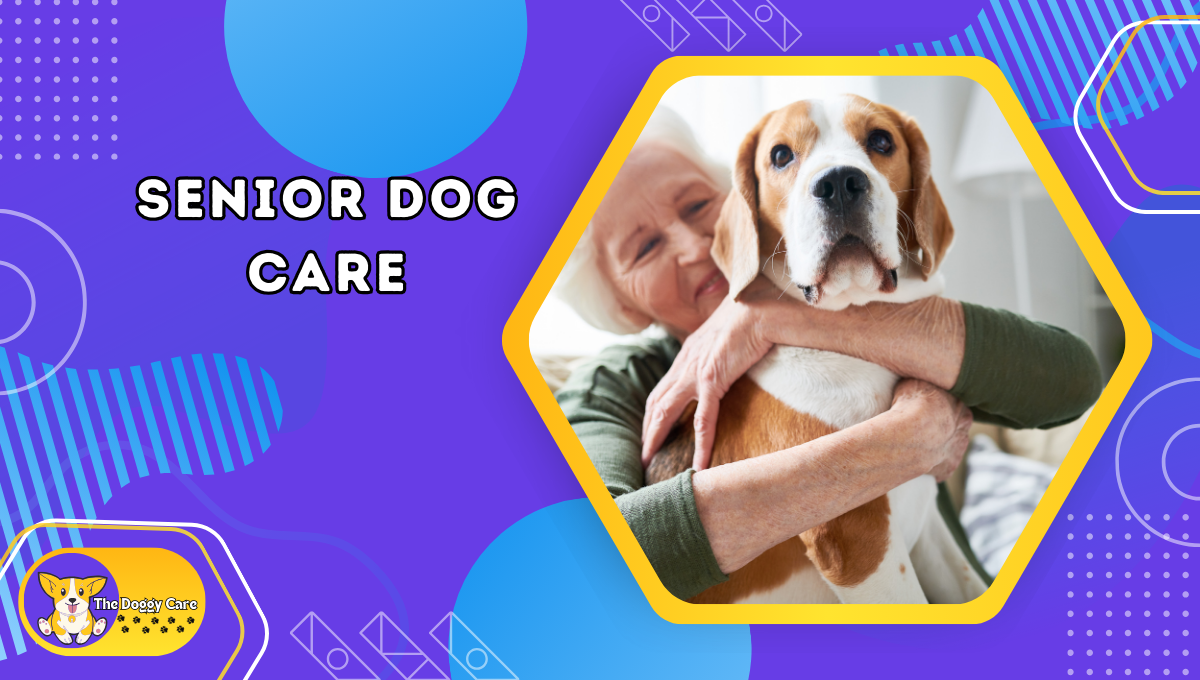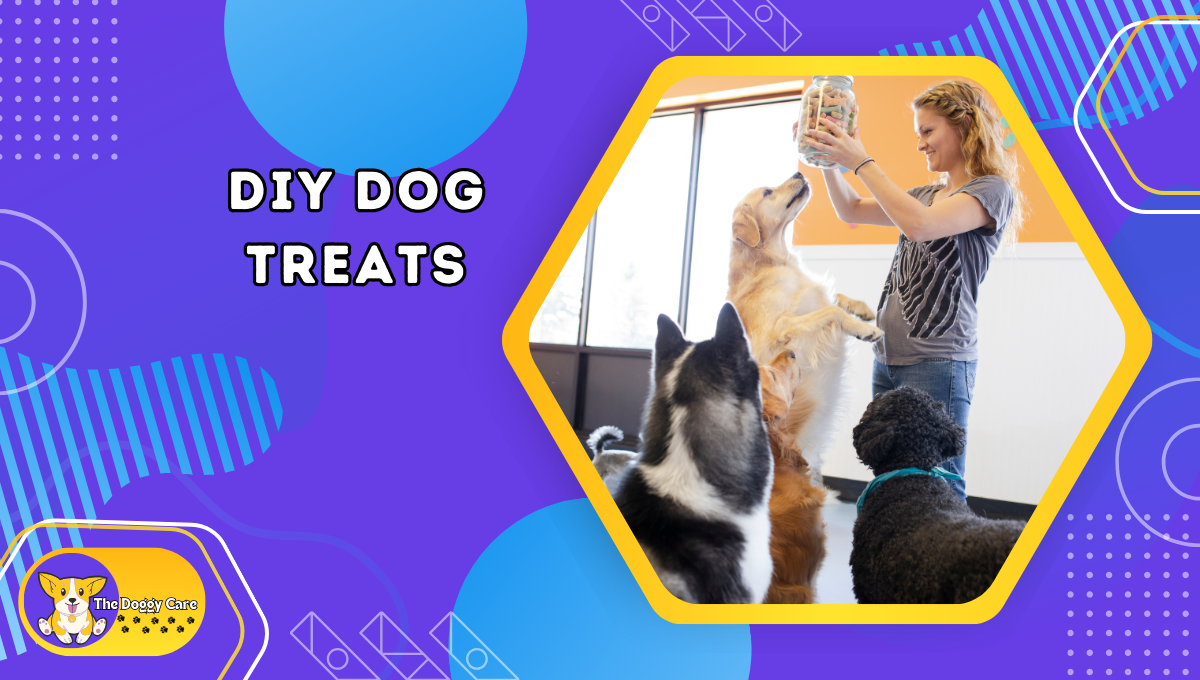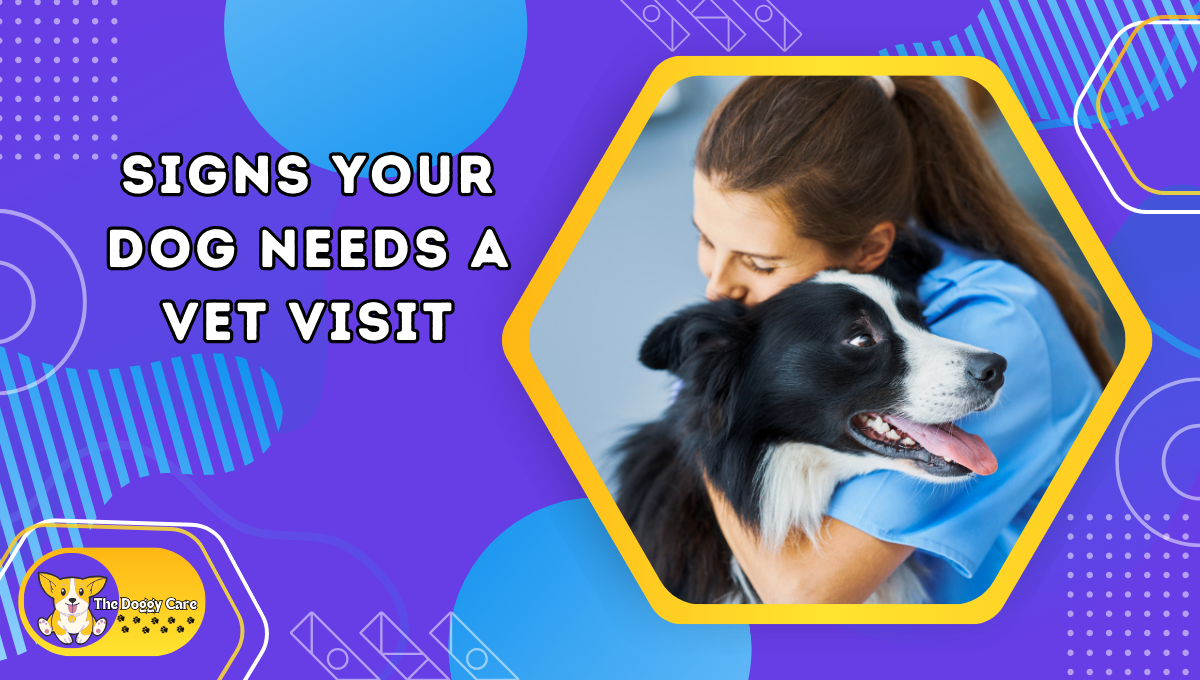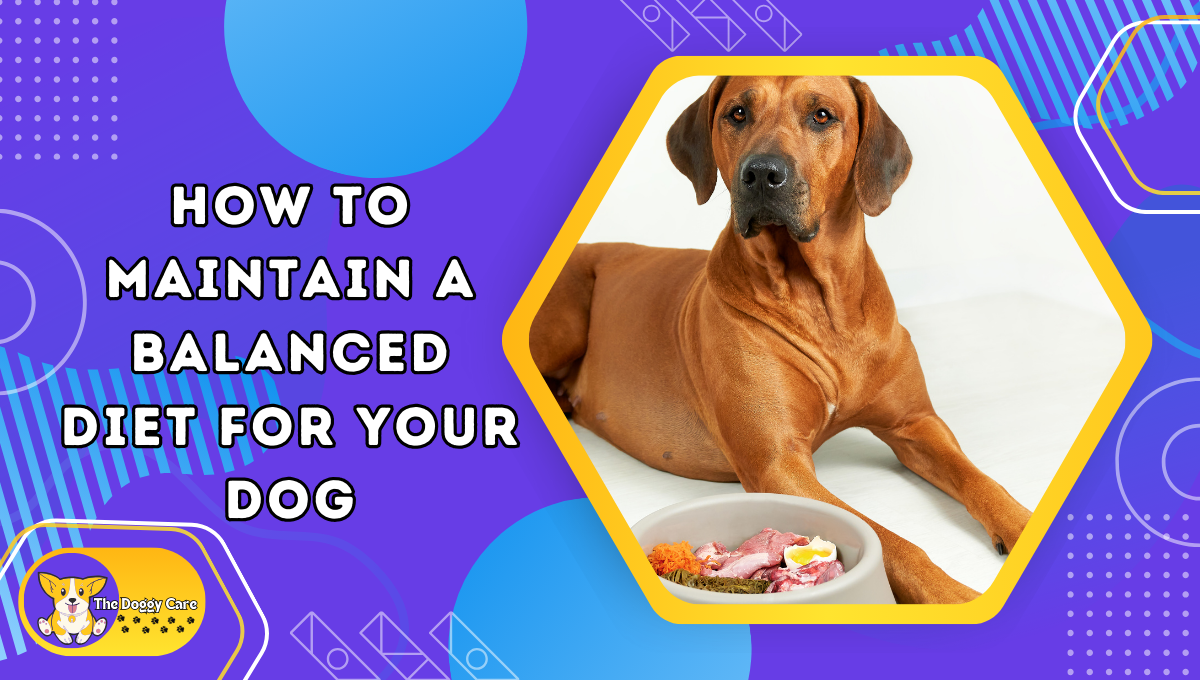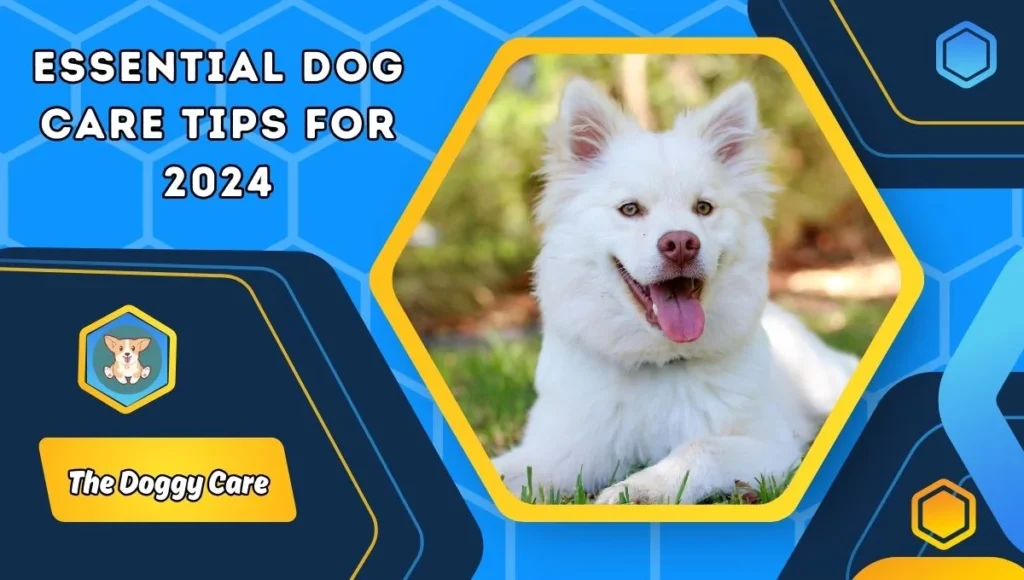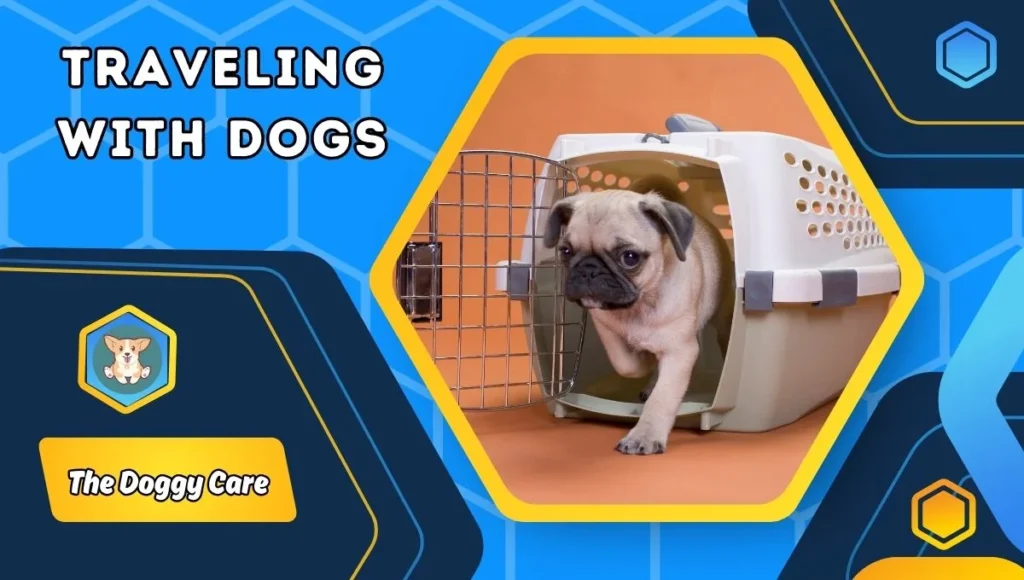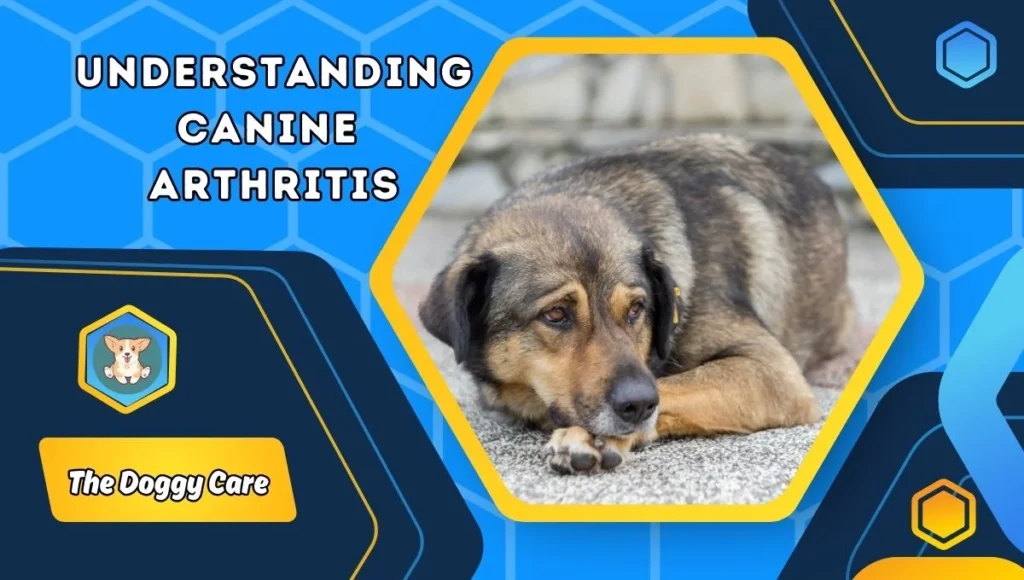Contents
- 1 Why Does My Dog Pant in the Car? A Complete Guide
- 2 Understanding Canine Behavior
- 3 Why Does My Dog Pant in the Car?
- 4 The Phenomenon of Panting
- 5 Causes of Panting in Cars
- 6 Tips to Alleviate Panting
- 7 Training Techniques
- 8 FAQs: Dogs Care
- 9 Conclusion
Why Does My Dog Pant in the Car? A Complete Guide
Ever wondered why your furry friend seems to pant excessively whenever they are in the car? You’re not alone. Many dog owners are puzzled by this behavior and want to ensure their pet is comfortable and happy during car rides.
Panting is a natural behavior in dogs, but its causes can vary widely, especially in the context of car travel. Let’s dive into understanding this phenomenon and explore ways to make your dog’s car rides more enjoyable.
Understanding Canine Behavior
Exploring Dog Behavior
Dogs communicate their feelings and needs through various behaviors. Panting is one of the primary ways dog pant regulate their body temperature and express emotions like excitement, anxiety, or stress.
Recognizing these behaviors can help you better understand what your dog is experiencing during car rides.
Common Anxieties in Dogs
Dogs, like humans, can experience anxiety. This can be triggered by numerous factors, including loud noises, unfamiliar environments, or separation from their owners.
Understanding these common anxieties is crucial in addressing your dog’s specific needs during car travel.
Why Does My Dog Pant in the Car?
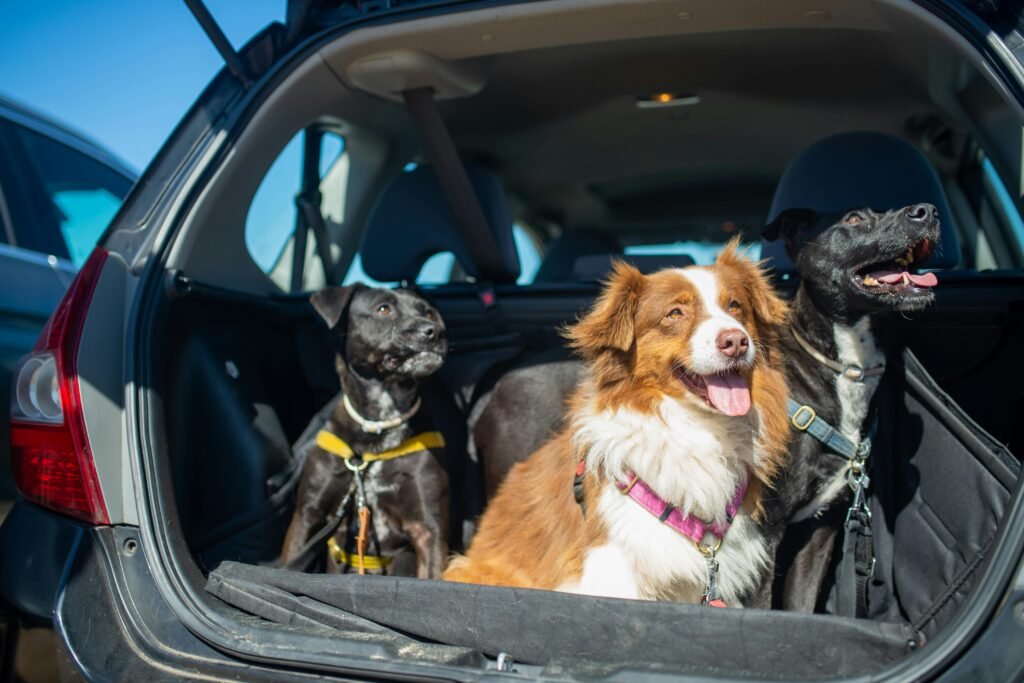
Dogs pant in the car primarily due to anxiety, excitement, or heat. The car’s movement, noise, and confined space can be stressful, leading to anxiety-induced panting.
Motion sickness can also cause panting, accompanied by drooling and nausea.Additionally, cars can get hot quickly, and dogs pant to cool down since they can’t sweat like humans. Ensuring proper ventilation and comfort can help alleviate this issue.
The Phenomenon of Panting
Unraveling the Mystery of Panting
Panting is a normal and necessary function for dogs. It helps them cool down since they have only a few sweat glands located on the pads of their paws.
However, panting can also be a sign of stress, anxiety, or other underlying issues. In the context of car rides, panting can be due to several factors that we’ll explore further.
Causes of Panting in Cars
Fear and Anxiety
New Environment
A new environment, such as a car, can be overwhelming for dogs. The unfamiliar sights, sounds, and movements can trigger anxiety and stress, leading to panting.
This reaction is their way of coping with the new and potentially intimidating surroundings. Gradual exposure and positive reinforcement can help them become more comfortable over time.
Past Negative Experiences
Past negative experiences, like unpleasant trips to the vet, can make dogs anxious about car rides. If a dog associates the car with stressful events, they may pant due to fear and anxiety.
This conditioned response can be mitigated by creating positive associations with the car, such as taking them on fun outings or giving treats during rides.
Motion Sickness
Understanding Motion Sickness in Dogs
Motion sickness in dogs occurs when their inner ear, responsible for balance, gets confused by the movement of the car.
This condition can cause symptoms like nausea, vomiting, drooling, and panting. Puppies and younger dogs are more prone to motion sickness as their inner ear structures are not fully developed.
Recognizing the signs and providing a stable, comfortable environment can help manage this issue during car rides.
Symptoms to Look Out For
Signs of motion sickness in dogs include whining, excessive drooling, lethargy, and vomiting. Recognizing these symptoms can help you take steps to alleviate your dog’s discomfort during car travel.
Temperature Regulation
Inadequate Ventilation
Cars can get hot quickly, especially in warm weather. If the car is not adequately ventilated, your dog may pant to try to cool down. Ensuring proper airflow can help mitigate this issue.
Heat Stress
Heat stress is a serious concern for dogs in cars. Even with the windows cracked, the temperature inside a car can rise rapidly, leading to heatstroke. Panting is one of the first signs of heat stress, so it’s crucial to keep your dog cool during car rides.
Tips to Alleviate Panting
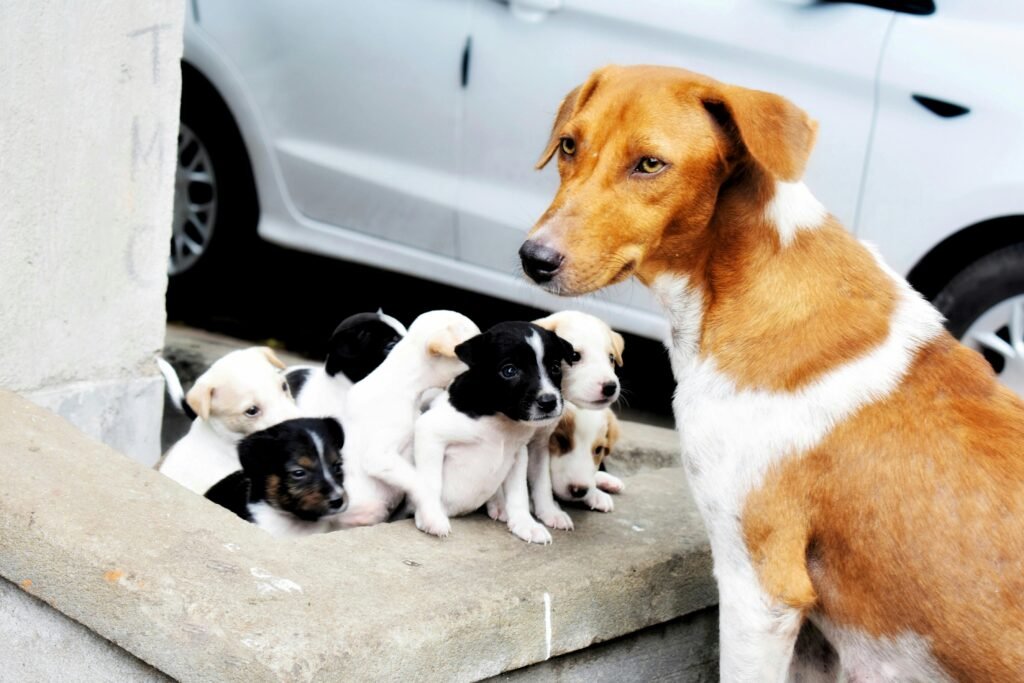
Gradual Exposure and Desensitization
Familiarizing Your Dog with the Car
Introduce your dog to the car gradually. Start with short, stationary sessions, letting them explore the car while it’s parked. Gradually increase the length and movement of the car rides to help your dog become accustomed to being in the car.
Positive Reinforcement
Use treats, praise, and other positive reinforcements to create a positive association with the car. Reward your dog for calm behavior in the car to reinforce that it’s a safe and pleasant place.
Creating a Comfortable Environment
Providing Adequate Ventilation
Providing adequate ventilation in the car is crucial for your dog’s comfort and safety. Ensuring good airflow helps regulate their body temperature and prevents overheating, which can cause panting.
You can achieve this by using the air conditioning or slightly opening the windows. Keeping the car cool and well-ventilated makes the ride more comfortable and reduces stress and anxiety for your dog.
Comfortable Seating
Ensuring comfortable seating for your dog during car rides is important for their well-being. Provide a cozy, secure space, such as a pet seat cover or a travel crate, to help them feel safe and relaxed.
A comfortable setup minimizes movement and prevents them from slipping or getting anxious. This can reduce stress and panting, making the car ride more enjoyable for your furry friend.
Taking Breaks
Allowing Time for Rest
Allowing time for rest during car trips is essential for your dog’s comfort. Regular breaks every couple of hours give your dog a chance to stretch, relieve themselves, and get some fresh air.
These breaks help reduce stress and prevent discomfort, making long car rides more manageable and enjoyable for your furry companion.
Hydration
Always have water available for your dog during car rides. Proper hydration is essential, especially in warm weather, to prevent heat stress and other health issues.
Training Techniques

Positive Reinforcement Training
Rewarding Calm Behavior
Use positive reinforcement to reward your dog for staying calm in the car. This can be done with treats, toys, or praise. Over time, your dog will associate car rides with positive experiences.
Building Positive Associations
Associate car rides with fun and enjoyable activities, like trips to the park or beach, rather than just trips to the vet. This helps build a positive association with car travel.
Desensitization Exercises
Incremental Exposure
Desensitize your dog to the car by gradually increasing the time and distance of car rides. Start with short trips and slowly build up to longer journeys.
Patience and Consistency
Be patient and consistent with your training efforts. Every dog is different, and some may take longer to become comfortable with car travel. Consistency is key to success.
Seeking Professional Help
Consulting a Veterinarian or Behaviorist
If your dog’s panting persists despite your efforts, consider consulting a veterinarian or a professional dog behaviorist. They can provide tailored advice and solutions based on your dog’s specific needs.
Tailored Solutions for Individual Dogs
Each dog is unique, and what works for one may not work for another. A professional can help develop a customized plan to address your dog’s specific issues with car travel.
FAQs: Dogs Care
Is panting normal for dogs in cars?
Yes, panting can be a normal response in dogs, especially if they are feeling anxious or hot in the car.
How can I tell if my dog is experiencing motion sickness?
Symptoms of motion sickness in dogs include excessive drooling, vomiting, whining, and restlessness.
Should I medicate my dog for car travel?
It’s best to consult with your veterinarian before administering any medication to your dog for car travel, as they can provide guidance on suitable options and dosages.
Can desensitization training help my dog overcome their fear of car rides?
Yes, desensitization training can be effective in helping dogs overcome their fear of car rides by gradually exposing them to the car in a positive and controlled manner.
How often should I take breaks during car travel with my dog?
It’s recommended to take breaks every couple of hours during car travel to allow your dog to stretch their legs, relieve themselves, and rehydrate.
Conclusion
Understanding why your dog pants in the car is essential for ensuring their comfort and well-being during travel.
By addressing the underlying causes such as fear, anxiety, motion sickness, and temperature regulation, you can implement strategies to alleviate their discomfort.
From gradual exposure and desensitization to positive reinforcement training, there are various techniques you can employ to help your furry friend feel more at ease in the car.










